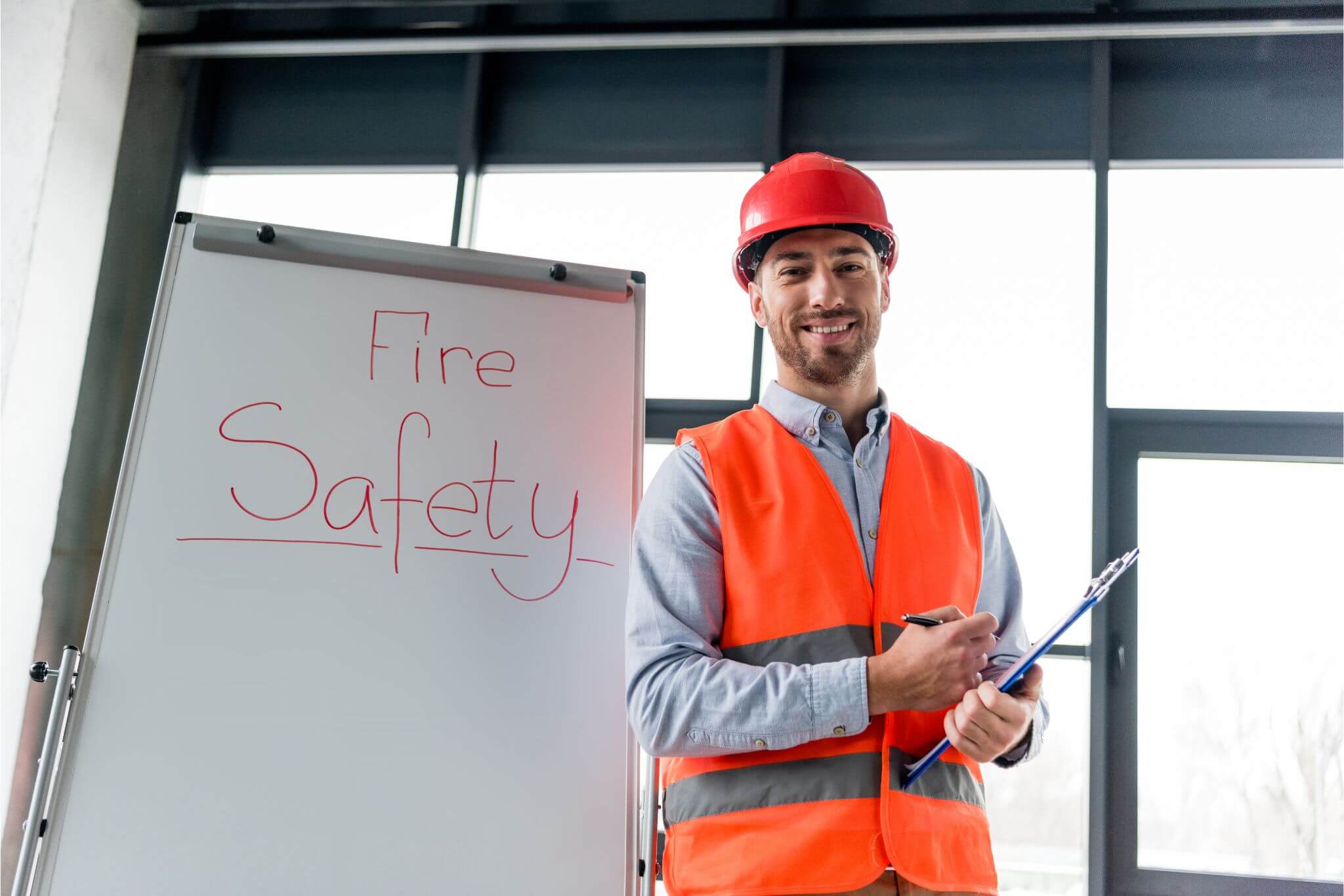A fire risk assessment can feel daunting, but with the right preparation, it’s an opportunity to strengthen your building’s safety and ensure compliance with UK fire safety laws. Whether you’re a business owner, landlord or property manager, a fire risk assessment helps prevent fires and ensures the safety of occupants.
What is a Fire Risk Assessment?
A fire risk assessment is a structured evaluation of fire hazards within a property. It identifies risks, determines who might be at risk and outlines measures to reduce fire dangers. This assessment is a legal requirement under the Regulatory Reform (fire Safety) Order 2005. A fire risk assessment must be regularly reviewed to ensure continued compliance.
Failing to carry out a proper fire risk assessment can lead to penalties, legal action or even closure. More importantly, it puts lives at risk.
Why is Preparation Important?
Being prepared ensures:
Compliance with fire safety laws
Reduced fire risks and improved safety measures
Peace of mind for employees, customers and residents
A well-conducted assessment can prevent potential hazards before they become serious threats.
How to Prepare for a Fire Risk Assessment
1. Tidy Up and Declutter
Keeping escape routes clear is one of the easiest ways to improve fire safety. Hallways, stairwells and doorways should be free of furniture, boxes or other obstructions. Clear pathways not only ensure a safer evacuation in an emergency but also make it easier for the assessor to evaluate routes effectively.
2. Test Your Fire Safety Equipment
Before the assessment, check all fire safety systems are working correctly. Smoke alarms and heat detectors should be fully functional and fire extinguishers must be easily accessible with up-to-date service records.
If the property has emergency lighting, test it to ensure it works during power failures. Any faulty equipment should be repaired or replaced before the assessment takes place.
3. Know Your Occupants
Understanding who lives or works in the building is important for safety fire planning. Be ready to inform the assessor about the number of residents or employees and whether any vulnerable individuals are present. This information helps the assessor recommend tailored safety measures that protect everyone in the building.
4. Review Escape Routes
Walk through the property to ensure that all exits are easy to access and open without difficulty. Emergency signage should be visible and no furniture or other items should obstruct escape routes.
Fire doors must be in good working condition and stairwells should remain clear at all times. Keeping these areas free from hazards helps ensure a smooth evacuation in an emergency.
5. Identify and Address Fire Hazards
Take a proactive approach by assessing potential fire risks before the assessment. Remove unnecessary flammable materials, check electrical wiring for faults and avoid overloading sockets.
If hazardous substances such as cleaning chemicals or paint are stored on-site, keep them in designated fire-safe containers. Addressing these issues before the assessment reduces risks and improves overall fire safety.
6. Gather Important Documents
Having essential fire safety records ready will make the assessment process more efficient. These include fire alarm maintenance logs, fire extinguisher service records, emergency lighting test logs and any previous fire risk assessments.
Well-organised records demonstrate compliance and preparedness, making it easier for the assessor to evaluate the property’s fire safety measures.
7. Involve Your Staff or Residents
Everyone in the building should be aware of fire safety procedures. Property managers should educate residents or employees on the location of escape routes and assembly points. You should also train them on how to use fire extinguishers or fire blankets and conduct occasional fire drills to test evacuation procedures.
Well-informed occupants contribute to a safer environment and improve the overall effectiveness of fire safety measures.
8. Be Available on the Day
When the first risk assessor arrives, make sure they have full access to the building and any necessary documentation. Be prepared to answer questions about fire safety measures and clarify any concerns. If certain areas of the property require special attention, communicate this to the assessor so they can provide tailored recommendations.
9. Act on Recommendations
After the assessment, you will receive a detailed report outlining any identified fire risk and necessary improvements. Addressing these recommendations promptly helps maintain compliance and improves safety.
Actions such as installing additional smoke alarms, upgrading fire doors or improving escape routes can make a significant difference in fire prevention.
How T2 Fire Can Help You Prepare
At T2 Fire, we specialise in professional fire risk assessments, ensuring your business or property is compliant with UK fire safety regulations. Our expert team will:
Identify all fire hazards in your building
Provide practical, actionable recommendations to reduce risk
Deliver a comprehensive assessment report tailored to your premises
With T2 Fire, you’ll have peace of mind knowing your fire risk assessment is completed to the highest standard.
Book Your Fire Risk Assessment with T2 Fire
Don’t take chances with fire safety. Book a professional fire risk assessment with T2 Fire today and ensure your building is compliant. Protect your property and your people, schedule your assessment today.

